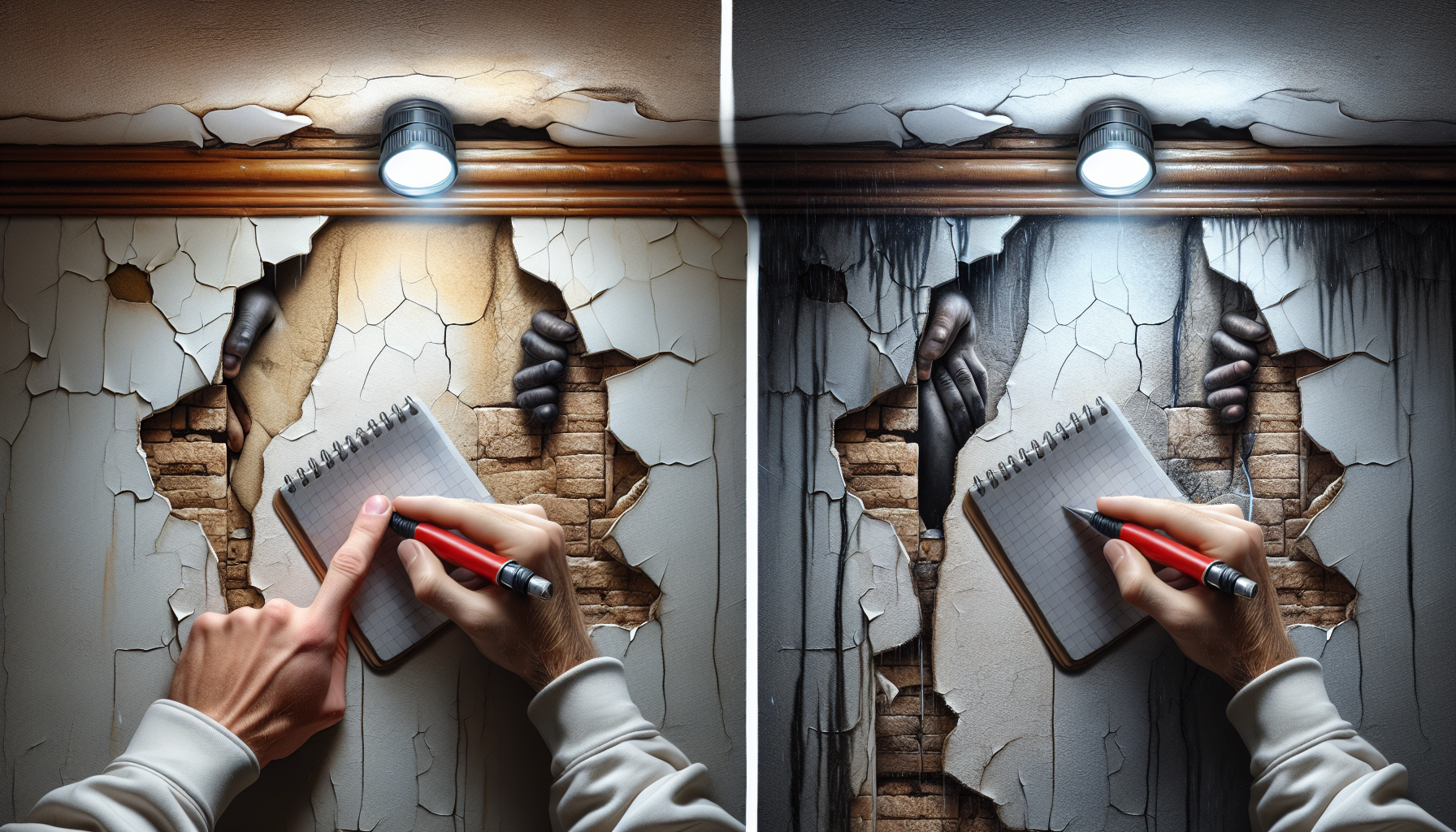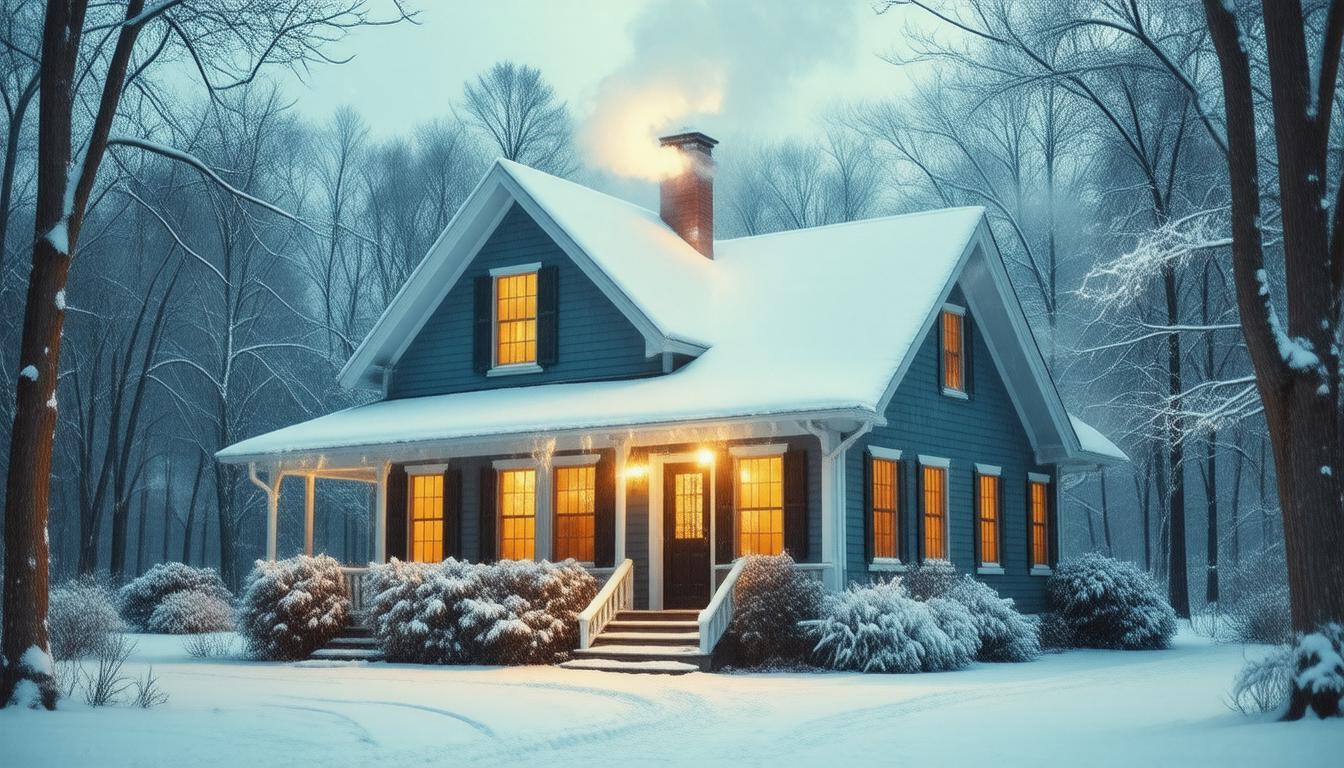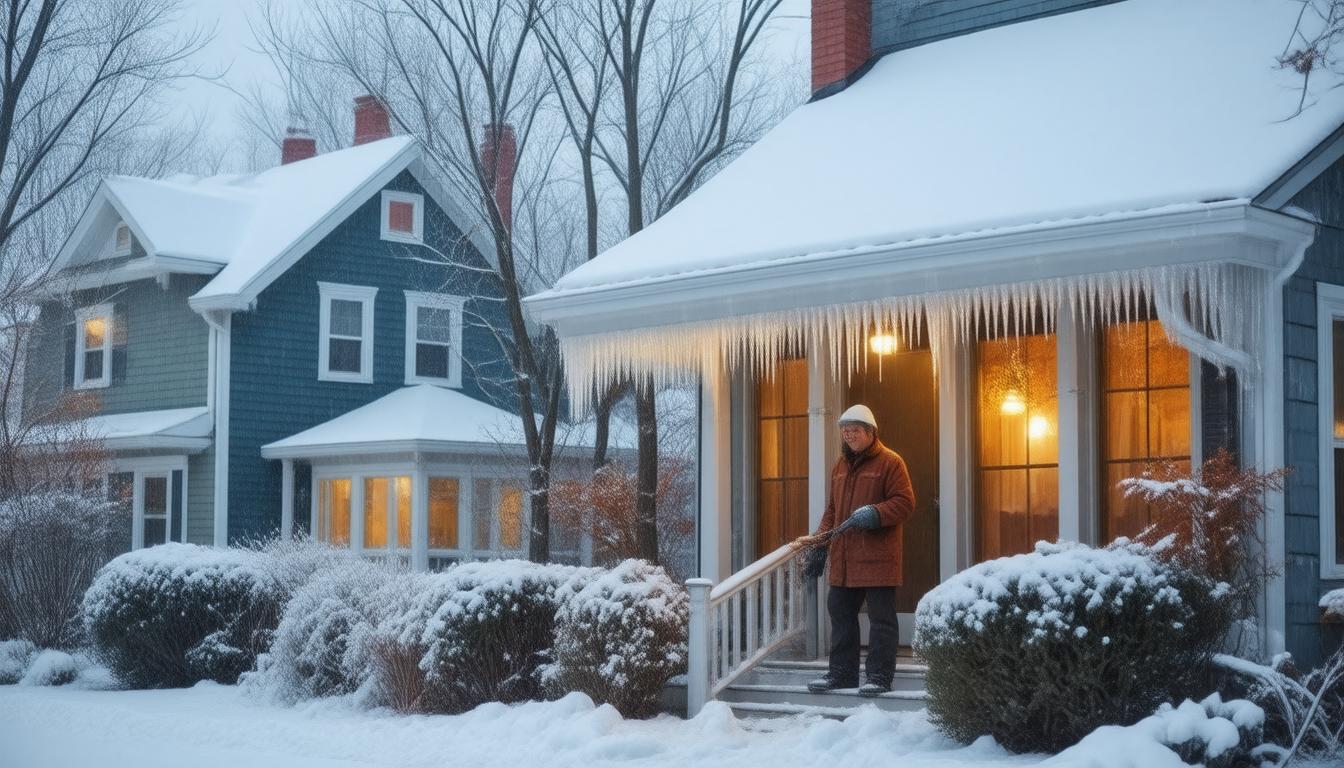
Understanding Wall and Ceiling Cracks
When inspecting interior walls and ceilings, it’s crucial to differentiate between superficial cracks and those that may signify serious structural issues. Superficial or hairline cracks are often a result of minor settling or changes in temperature and humidity. Meanwhile, larger, wider cracks can indicate problems such as foundation settlement or structural overload. Look for patterns in wall cracks; vertical and horizontal cracks may simply be caused by drywall seams, whereas diagonal cracks, especially those around doors and windows, can be more concerning and require professional assessment.
Identifying Types of Cracks
Inspecting the type of crack can provide insights into its severity. Fine, straight cracks can occur as the house settles, while jagged, stair-step cracks in masonry joints may point to more serious issues. Horizontal cracks are particularly alarming, as they can signal soil pressure against the walls. Additionally, pay attention to any bulges or bowing in the walls, as these can indicate a failure in the wall’s structural integrity.
Examining Water Stains and Their Implications
Water stains on ceilings or walls are not to be ignored, as they suggest past or ongoing moisture intrusion. Check for discoloration, peeling paint, or bubbling wall treatments—all of these can be symptoms of water damage. When inspecting, it’s important to locate the source of moisture, which could be a leaky roof, faulty plumbing, or inadequate insulation. Ignoring water stains can lead to mold growth, structural damage, and poor indoor air quality.
Monitoring Crack Progression
Tracking how cracks change over time can help determine if they are active or dormant. Placing a piece of marked tape across a crack can help you notice if the crack widens over time. Taking regular photographs can also document any progression. If a crack continues to widen, it’s time to consult with a structural engineer or professional contractor for a thorough evaluation and potential remediation.
Proactive Measures and Maintenance
Regular maintenance can prevent minor issues from developing into major concerns. Addressing high humidity levels with dehumidifiers, correcting poor drainage around the foundation, and ensuring downspouts direct water away from the house can all help to mitigate crack formation and water damage. Additionally, promptly repairing any leaks and sealing cracks with appropriate caulking or sealant can maintain the integrity of your walls and ceilings.
When to Call the Professionals
While minor cracks and stains may be manageable with DIY methods, large or multiplying cracks, as well as persistent water stains, warrant professional attention. Structural engineers, certified inspectors, and qualified contractors can provide expert assessments and solutions. Getting a professional’s opinion ensures that repairs are done correctly and that your home’s safety and value are preserved.
Remember, the key to dealing with cracks and water stains is not to ignore them. With proper attention and action, you can protect your home from further damage and ensure that it remains a safe and comfortable living environment.







